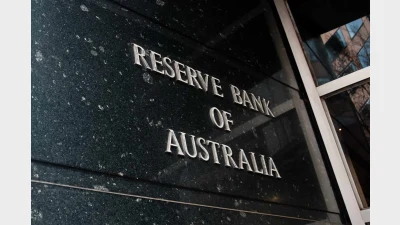Warning on secondaries market
Investors have been warned against investing in the secondary market for private equities on the basis that it could be subject to a buy-out bubble.
The warning has come from Watson Wyatt, which suggested an anticipated supply-demand imbalance that would allow buyers to dictate prices has so far failed to materialise.
Commenting on the research findings, Watson Wyatt Australia’s head of portfolio construction and diversity, Ross Barry, said the company remained relatively cautious about investing in secondaries.
“Many potential sellers have not yet experienced sufficient liquidity problems to be considered distressed sellers,” he said. “As such, they are opting to hold onto their positions rather than sell at a deep discount on the secondary market.”
Barry said in addition, there were many new buyers, enticed by potential attractive returns, adding to overall demand and the combination of these factors had effectively reduced a perceived supply-demand mismatch between buyers and sellers, which secondary managers and intermediaries had been advertising for some time.
Recommended for you
Superannuation funds have posted another year of strong returns, but this time, the gains weren’t powered solely by Silicon Valley.
Australia’s $4.1 trillion superannuation system is doing more than funding retirements – it’s quietly fuelling the nation’s productivity, lifting GDP, and adding thousands to workers’ pay packets, according to new analysis from the Association of Superannuation Funds of Australia (ASFA).
Large superannuation accounts may need to find funds outside their accounts or take the extreme step of selling non-liquid assets under the proposed $3 million super tax legislation, according to new analysis from ANU.
Economists have been left scrambling to recalibrate after the Reserve Bank wrong-footed markets on Tuesday, holding the cash rate steady despite widespread expectations of a cut.









